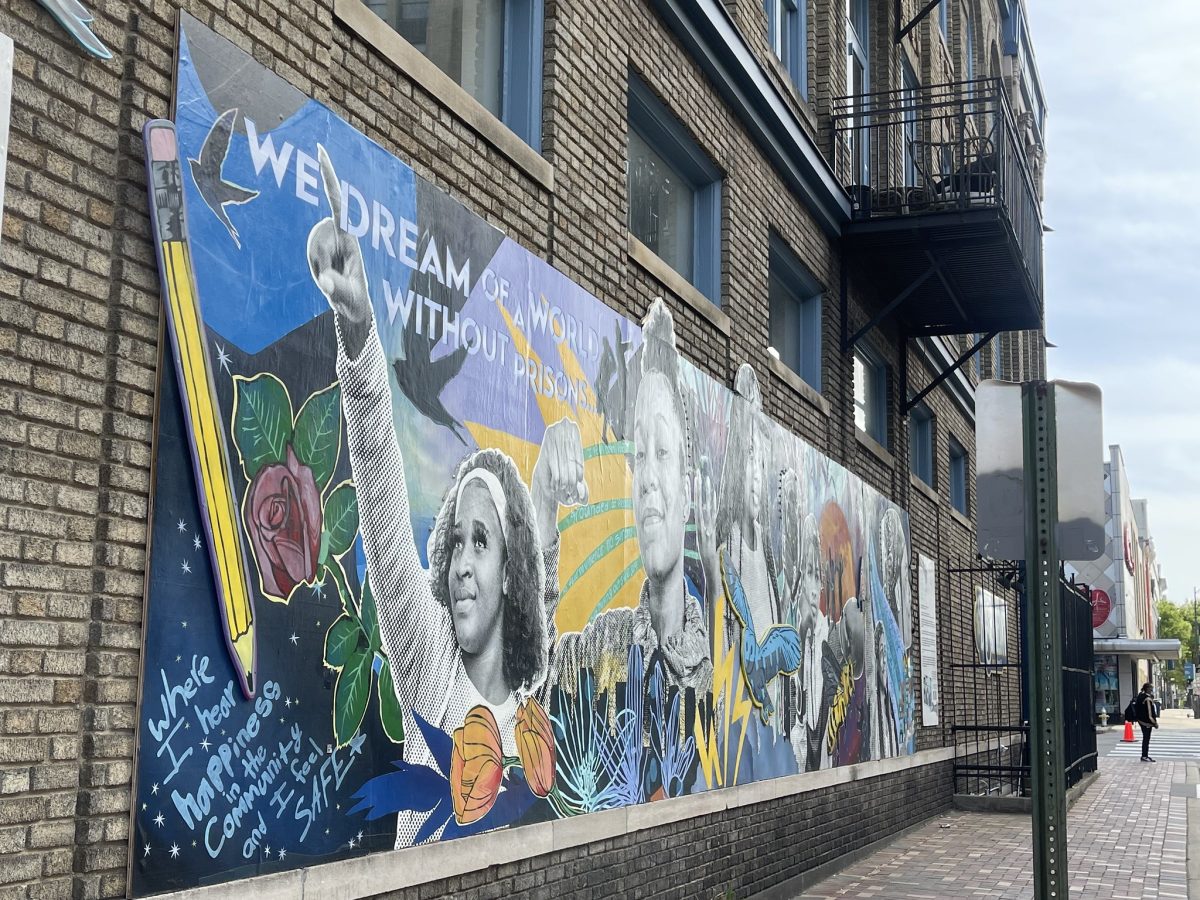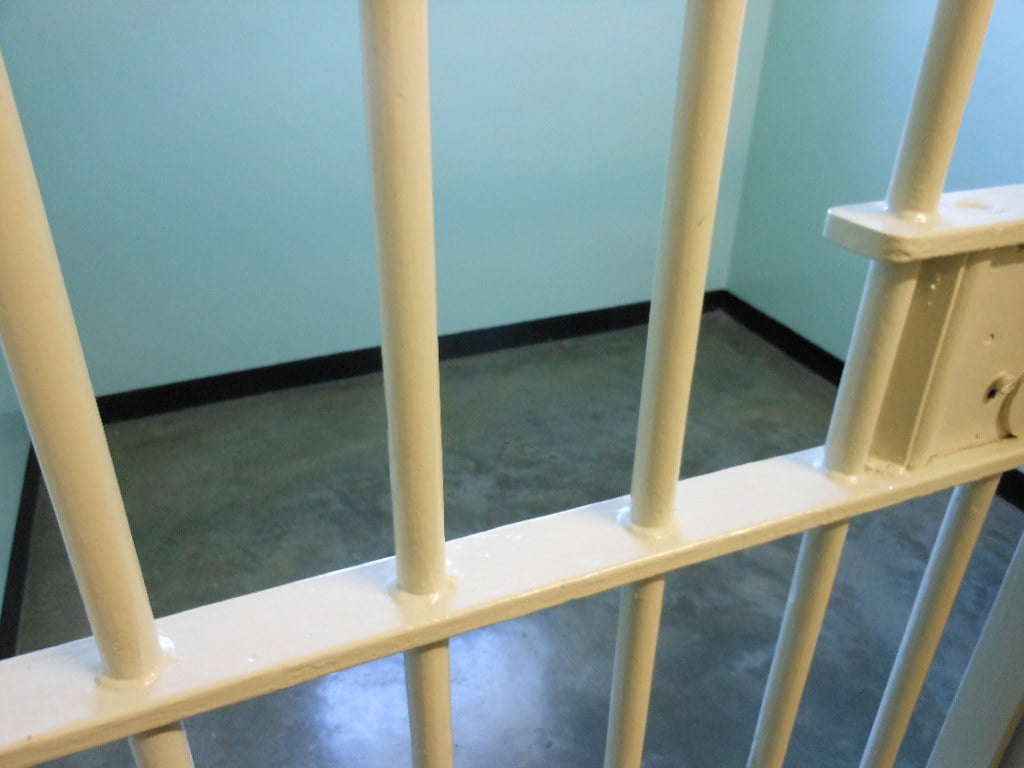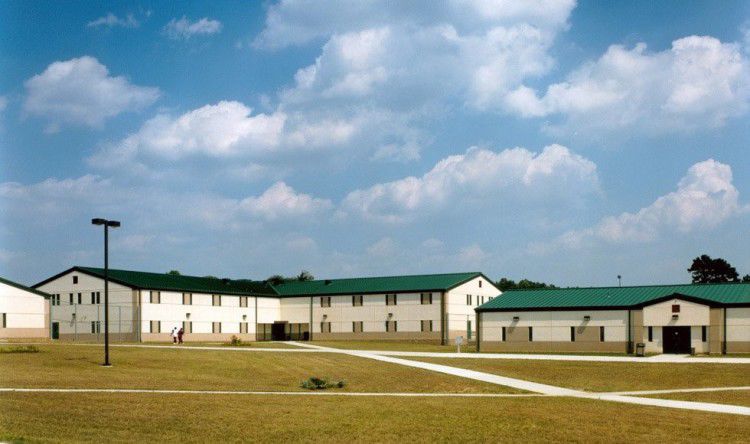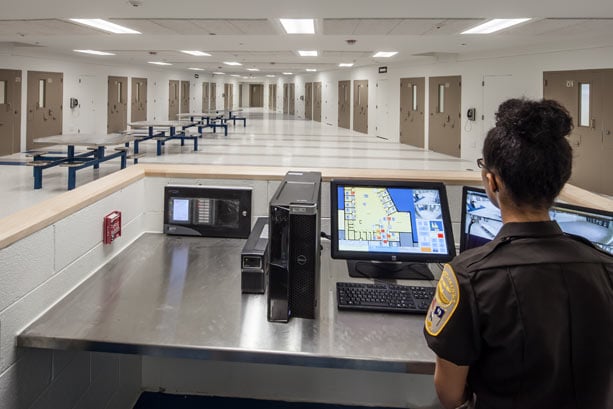Virginia schools still rely heavily on law enforcement to discipline students and years of efforts to lessen the practice could be halted with recent legislation, according to juvenile justice advocates and some state lawmakers. “Sometimes the heavy hand of the...





